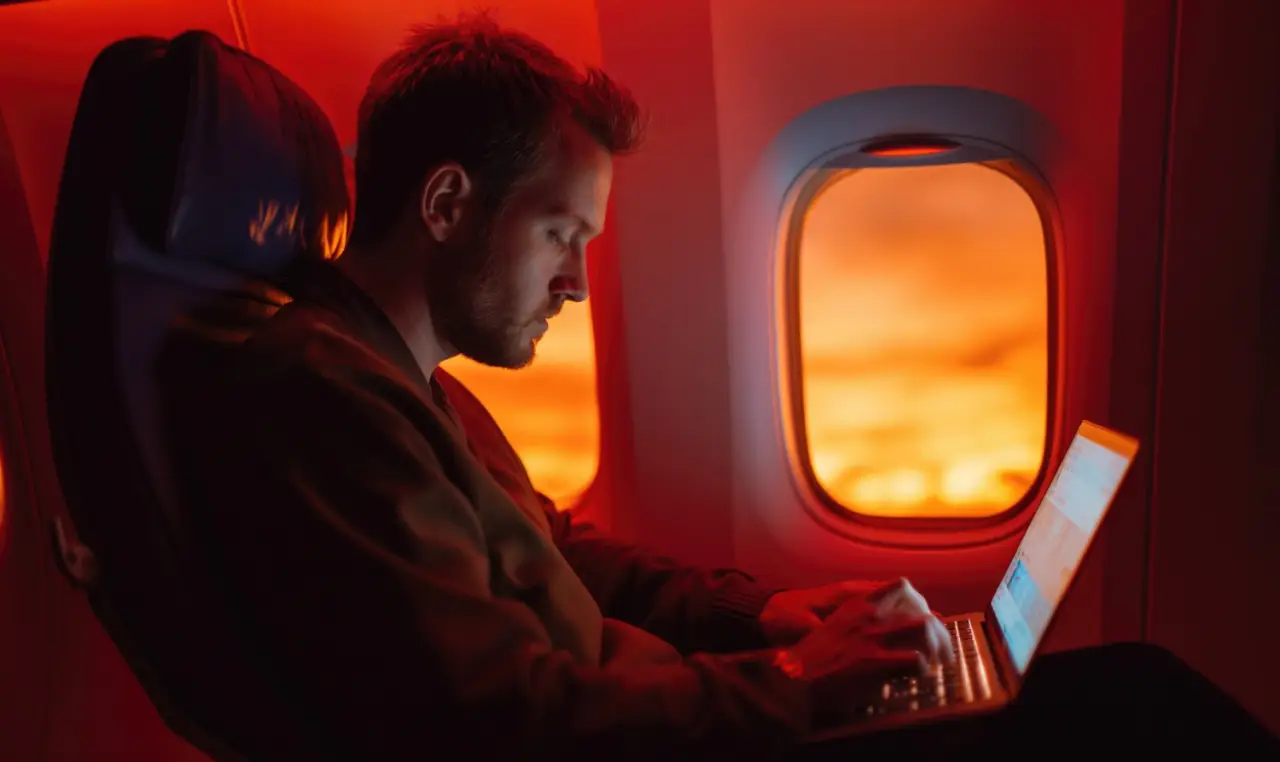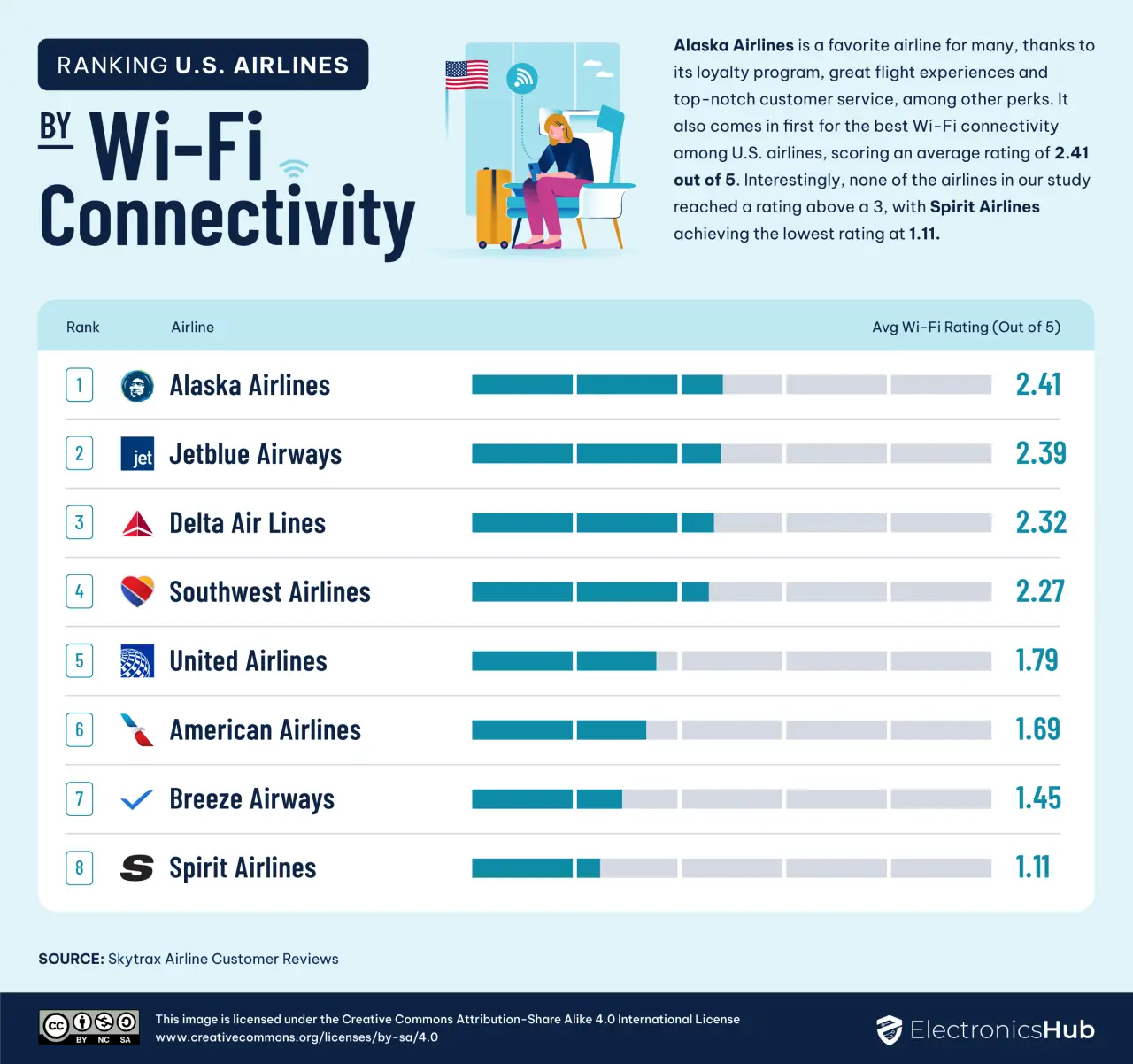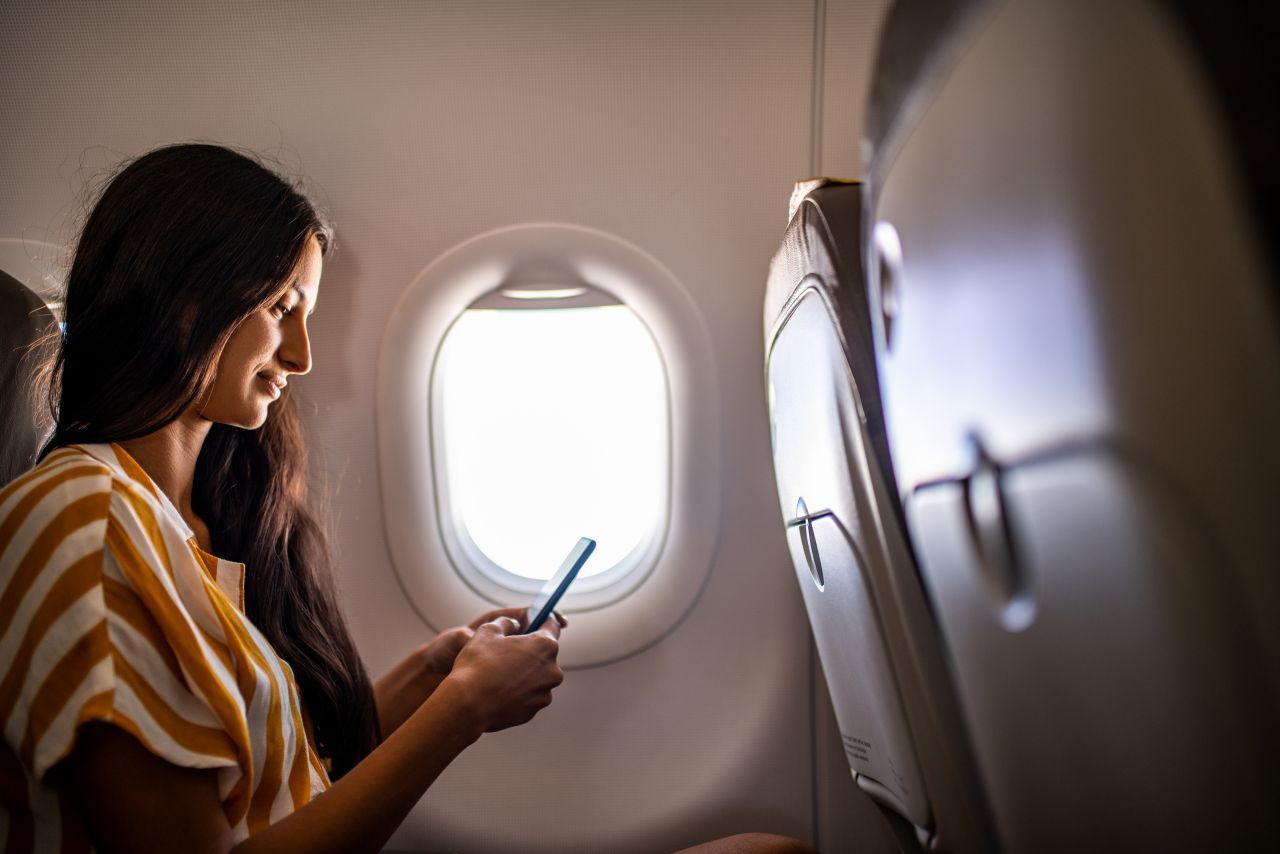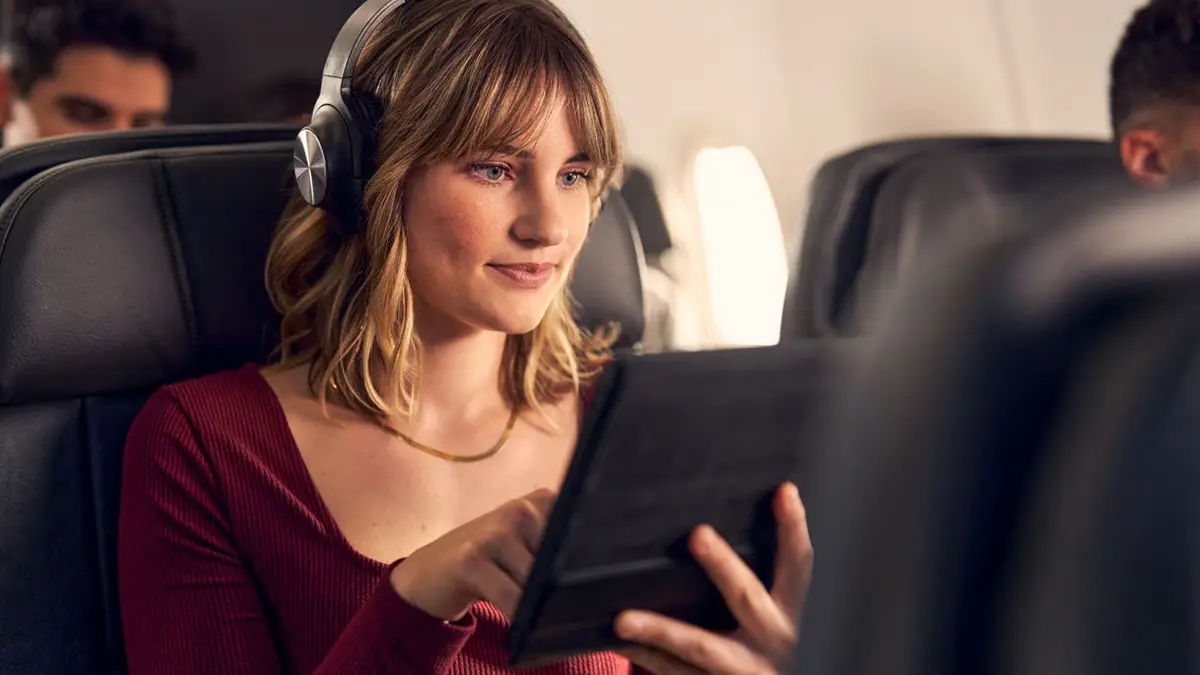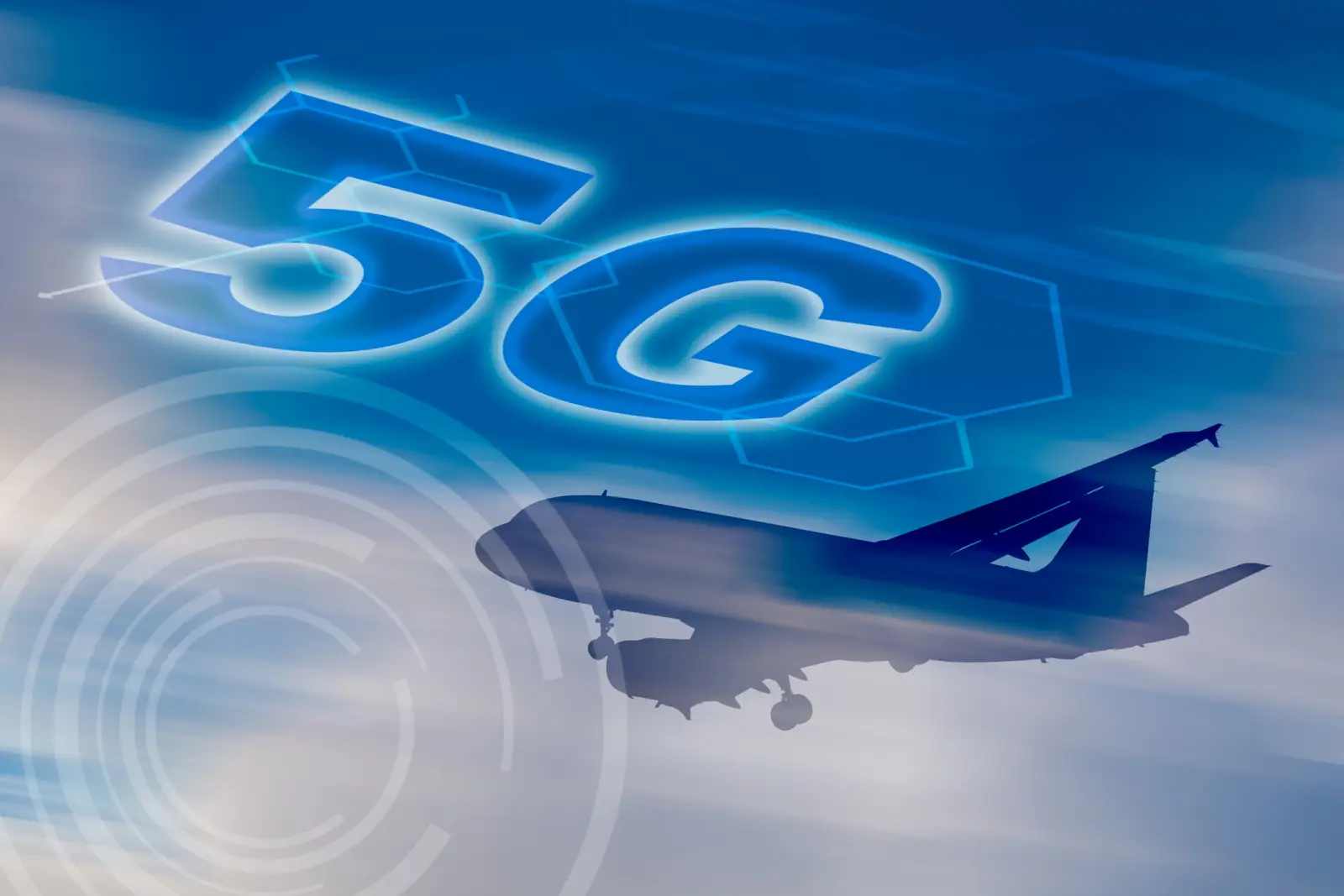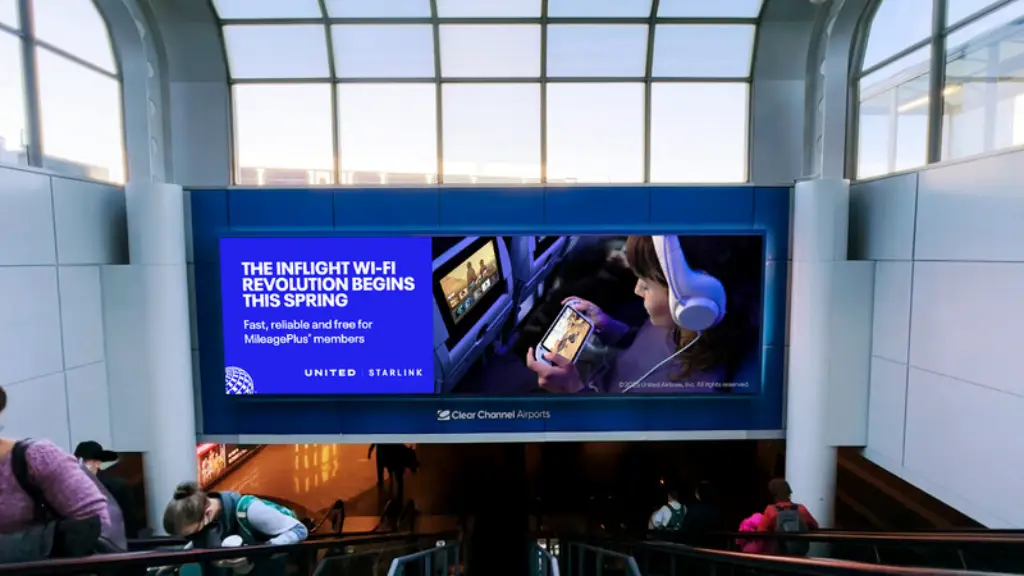In today’s hyper-connected world, the need for continuous internet access does not pause at 30,000 feet.
Whether it’s for leisure scrolling, catching up on work emails, or staying connected with loved ones, Wi-Fi connectivity has become a non-negotiable aspect of flying for many travelers.
A recent study by Electronics Hub has taken a closer look at which U.S. airlines soar high with their Wi-Fi offerings and which ones are struggling to get off the ground in terms of internet connectivity.
Wi-Fi Rankings: Alaska Airlines
At the forefront of in-flight Wi-Fi connectivity is Alaska Airlines, setting a high standard with its comprehensive and user-friendly service. The airline introduced a flat rate for Wi-Fi, costing travelers just $8 for the entirety of their flight. This straightforward approach not only simplifies the process for passengers but has also propelled Alaska Airlines to the top of the rankings, despite a modest score of 2.41 out of 5.
Wi-Fi Rankings: JetBlue & Delta Air Lines
Hot on Alaska’s heels are JetBlue and Delta Air Lines, securing the second and third spots respectively. Both carriers offer free in-flight Wi-Fi, a move that underscores their commitment to enhancing passenger experience. This amenity proves particularly appealing for travelers looking to stay productive or entertained without additional charges.
Wi-Fi Rankings: Southwest Airlines
While Southwest Airlines takes the fourth spot with its per-flight charging model, it represents a middle ground in the industry. This approach marks a shift from the traditional per-day charging model, reflecting the airline’s effort to adapt to passengers’ needs and preferences.
Wi-Fi Rankings: Spirit Airlines
On the opposite end of the spectrum, Spirit Airlines finds itself lagging, with a score of just 1.11 out of 5.
Customer feedback points to dissatisfaction with both the cost—starting at $3.99 for browsing—and the spotty or non-existent service on certain aircraft.
Some of Spirit’s Airbus A319s and newly acquired planes lack Wi-Fi capabilities altogether, highlighting a significant gap in the carrier’s offerings.
When casting a wider net to include global standards, U.S. airlines have room for improvement. Garuda Indonesia leads the pack internationally with a score of 4.12 out of 5, showcasing the higher benchmarks set by carriers outside the United States.
This comparison sheds light on the evolving expectations for in-flight connectivity and the pressing need for U.S. airlines to enhance their Wi-Fi services.
The study also delved into Wi-Fi connectivity at airports, revealing that Indianapolis International Airport ranks as the best in North America for internet access, boasting a score of 4 out of 5.
Looking ahead, the trajectory for in-flight and airport Wi-Fi connectivity appears promising. Airlines and airports alike are investing in technology upgrades to meet and exceed traveler expectations. These enhancements not only aim to improve current services but also to future-proof connectivity solutions against the rapidly evolving digital landscape.

